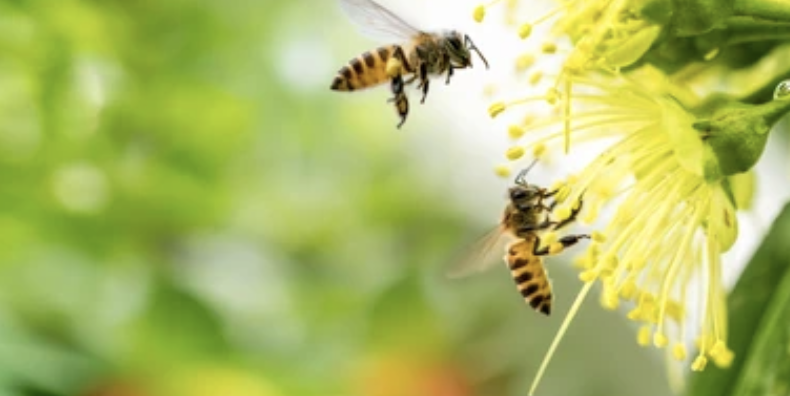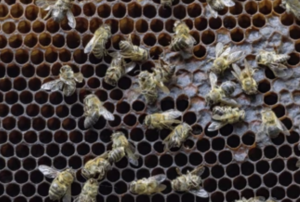
(CNN)We are all better after a decent night’s sleep — and insects are no different.
But two new studies have found a commonly used pesticide is disrupting the sleep of bees and flies — with big consequences for the important insects.
In one study, researchers looked at the effect of pesticides on bumblebee behavior by giving the creatures nectar sugar laced with neonicotinoids — one of the most commonly used pesticides — and then tracking their movements in a foraging arena.
The impact of the pesticide — similar to the amount a bee would encounter in the wild — was stark.
But two new studies have found a commonly used pesticide is disrupting the sleep of bees and flies — with big consequences for the important insects.
In one study, researchers looked at the effect of pesticides on bumblebee behavior by giving the creatures nectar sugar laced with neonicotinoids — one of the most commonly used pesticides — and then tracking their movements in a foraging arena.
The impact of the pesticide — similar to the amount a bee would encounter in the wild — was stark.
“It seems to disrupt the body clock in foraging bumblebees — they forage much less, more of that foraging is happening at nighttime, and they are sleeping a lot more in the daytime. It’s causing a mistiming of their normal behaviors,” Kiah Tasman, teaching associate at the University of Bristol’s School of Physiology, Pharmacology and Neuroscience, told CNN.
This, she explained, could have serious implications: “It’s quite worrying because other studies and our studies show that the foraging motivation has decreased.”
Many plants — including the fruit and vegetables that we eat and feed to our livestock — rely on pollinators, like bees, to reproduce.

Almost 90% of wild plants and 75% of leading global crops depend on animal pollination, the World Wildlife Fund notes.
Bees take on a big share of this workload: Pollinators, most often honey bees, are responsible for one in every three bites of food we take, according to the United States Department of Agriculture, and increase crop values in the US by more than $15 billion each year.
But bees and other pollinators are under threat because of widespread pesticide use, habitat loss, the climate crisis and parasites, so much so that the odds of spotting the hardworking bumblebee in Europe and America are down by more than 30% since the last century.
Tasman warned that bees are now “quite sluggish and they’re going out less often anyway.”
“If the time where they are managing to go out and forage is at nighttime when flowers aren’t available, that’s going to hugely reduce how successful they are at collecting the food that the colony needs to grow and reproduce,” Tasman, lead author of the studies, said.
It could also affect how well bees are able to care for their young, she said. Meanwhile, the same pesticides have already been found to damage the brains of baby bees.
In a second study, published Thursday, the researchers focused their attention on flies — again, exposing them to neonicotinoids, and then using infrared beams to monitor how this affected movement.
The results showed that the pesticide was working directly on the cells in the brain that run the body clock, which decide when sleep and activity happen in the day — and confusing them.
“It looks like these pesticides freeze these cells in a daytime shape, so the body doesn’t know if it’s daytime or nighttime,” Tasman said, adding that it is very likely that the same kind of mechanism happening in the flies is also happening in bees.
Researchers say their studies can help us to further understand how these pesticides are affecting vulnerable insects.
“It also gives us hints on what we could investigate if we were to make more pest specific pesticides — if we understand exactly how they are working in the insects, maybe we can make some that only work on pests,” Tasman added.
